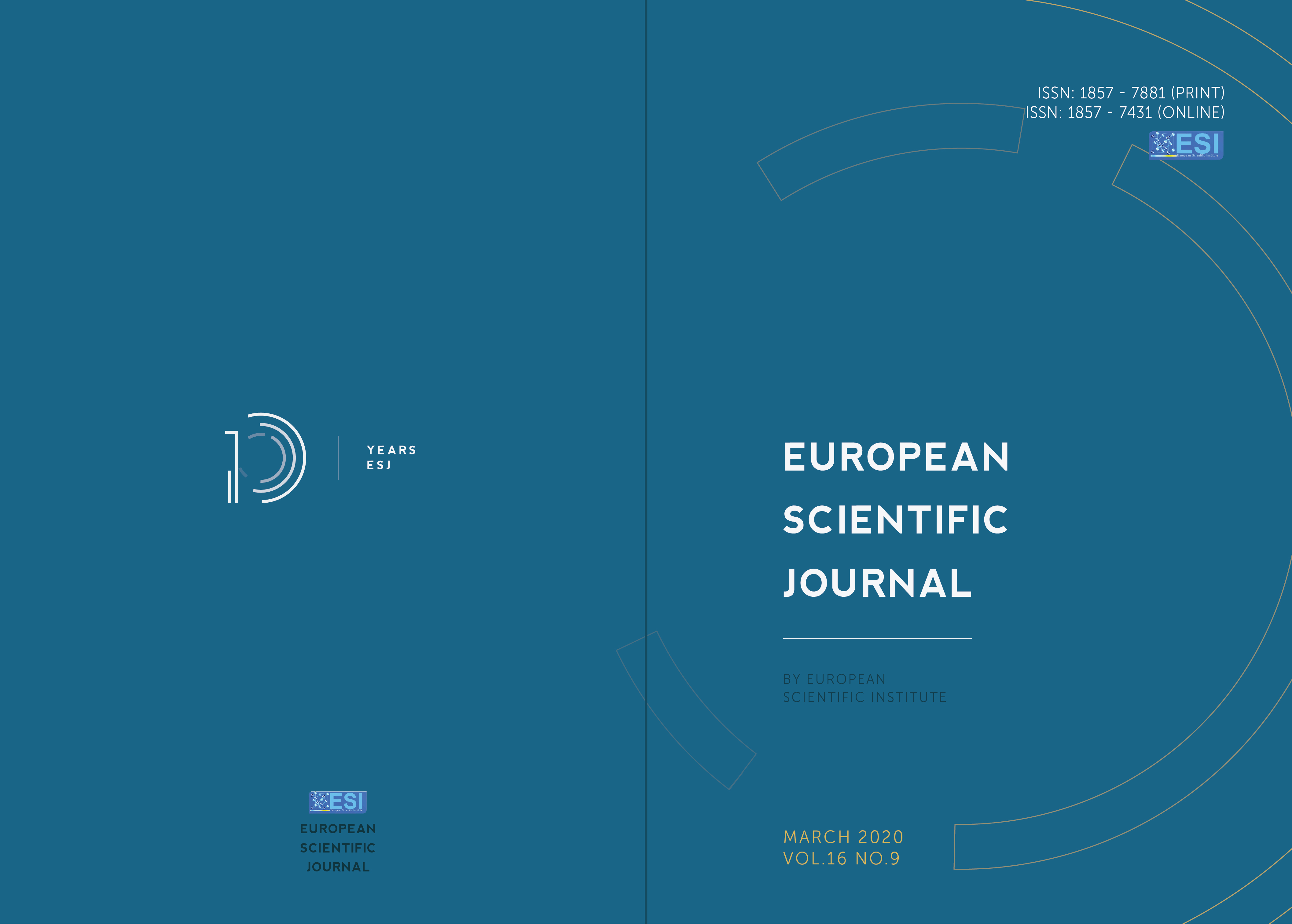Impact of Government Expenditure on Economic Growth: Evidence from Nigeria
Abstract
This study seeks to explain the impact of government expenditure on economic growth in Nigeria using time series data from 1970 – 2017. Secondary data were sourced from Central Bank of Nigeria and World Bank. The study applied a modified version of endogenous growth model using Autoregressive distributed lag model. The adopted model was fitted with six variables- capital stock, labour force, capital expenditure, recurrent expenditure, inflation and trade openness. The study employed ADF-unit root test, Phillips-Perron test and Pairwise Granger causality test. All the variables used were found to be integrated at first difference except labour and inflation and a stable long run equilibrium relationship exist between the dependent and independent variables. Empirical findings revealed that two variables: capital and recurrent are statistically significant and hence these are the significant variables in explaining the impact of government expenditure on economic growth. The Granger causality test demonstrates a unidirectional causality from government expenditure to economic growth, in validation of Keynesian theory. In line with above, the study recommends among others that: government should intensify effort to ensure resources are properly managed and invested in productive sectors so as to foster economic growth.
Downloads
Metrics
PlumX Statistics
Copyright (c) 2020 Bashir Bappahyaya, Fada K. Abiah, Farida Bello

This work is licensed under a Creative Commons Attribution-NonCommercial-NoDerivatives 4.0 International License.








